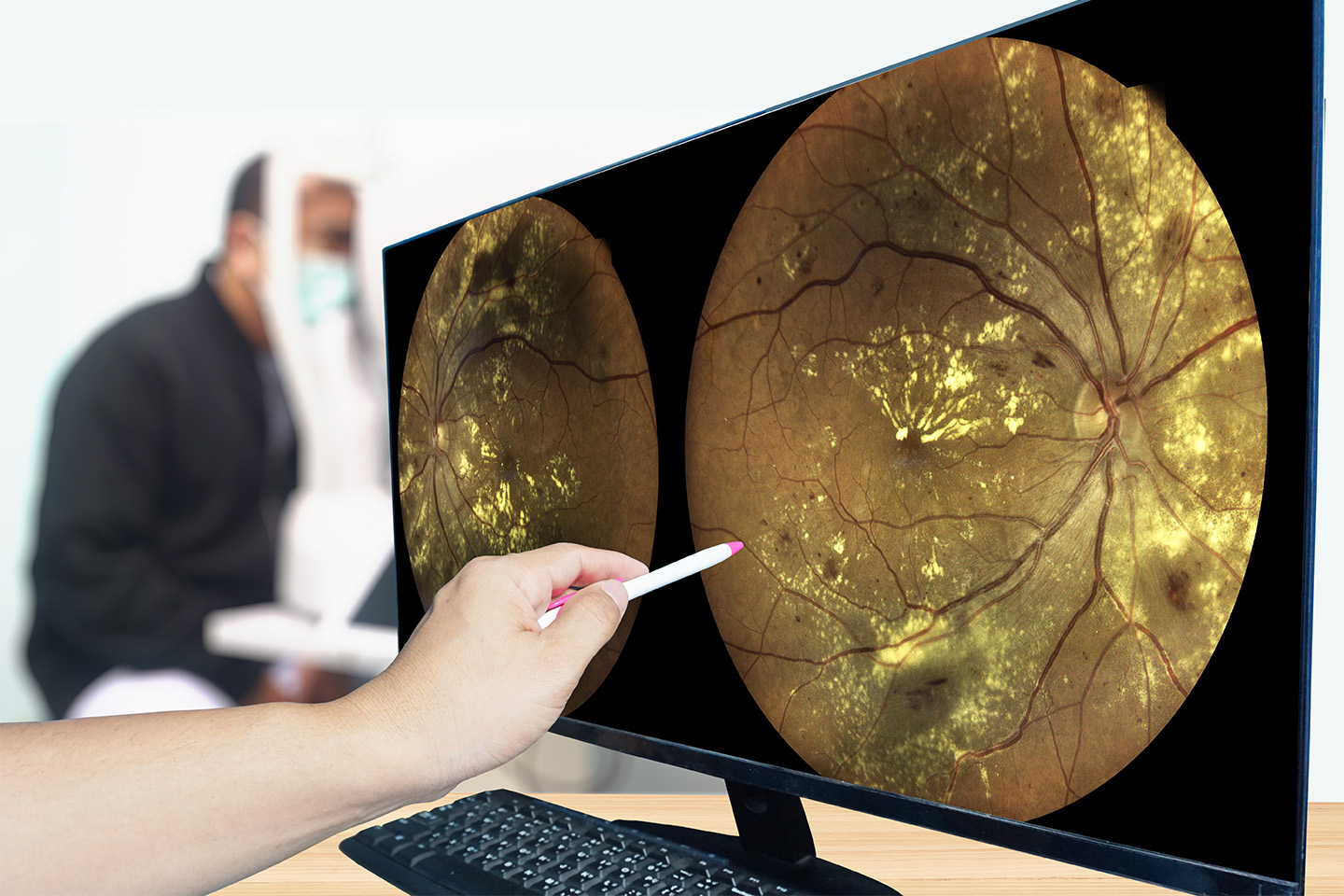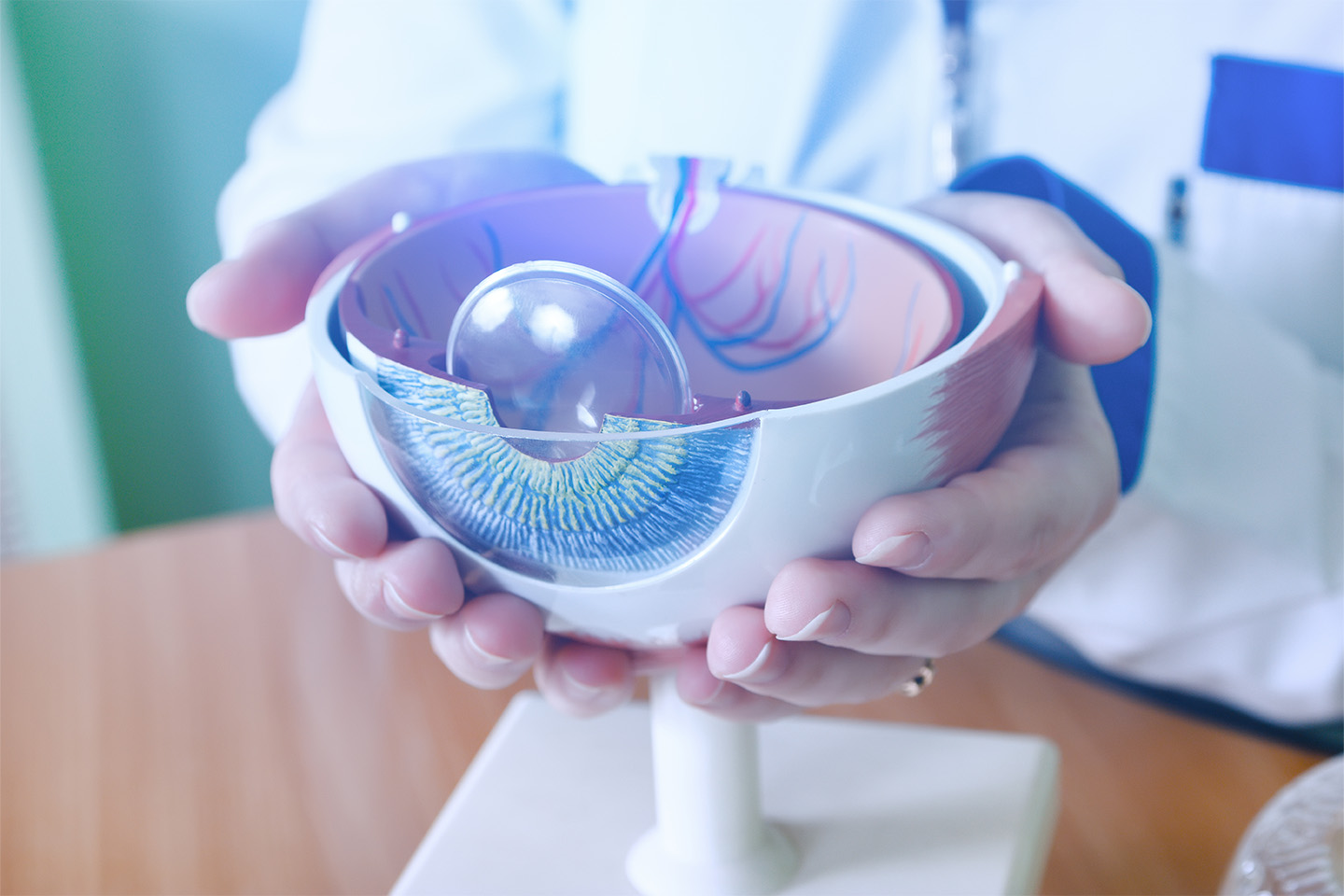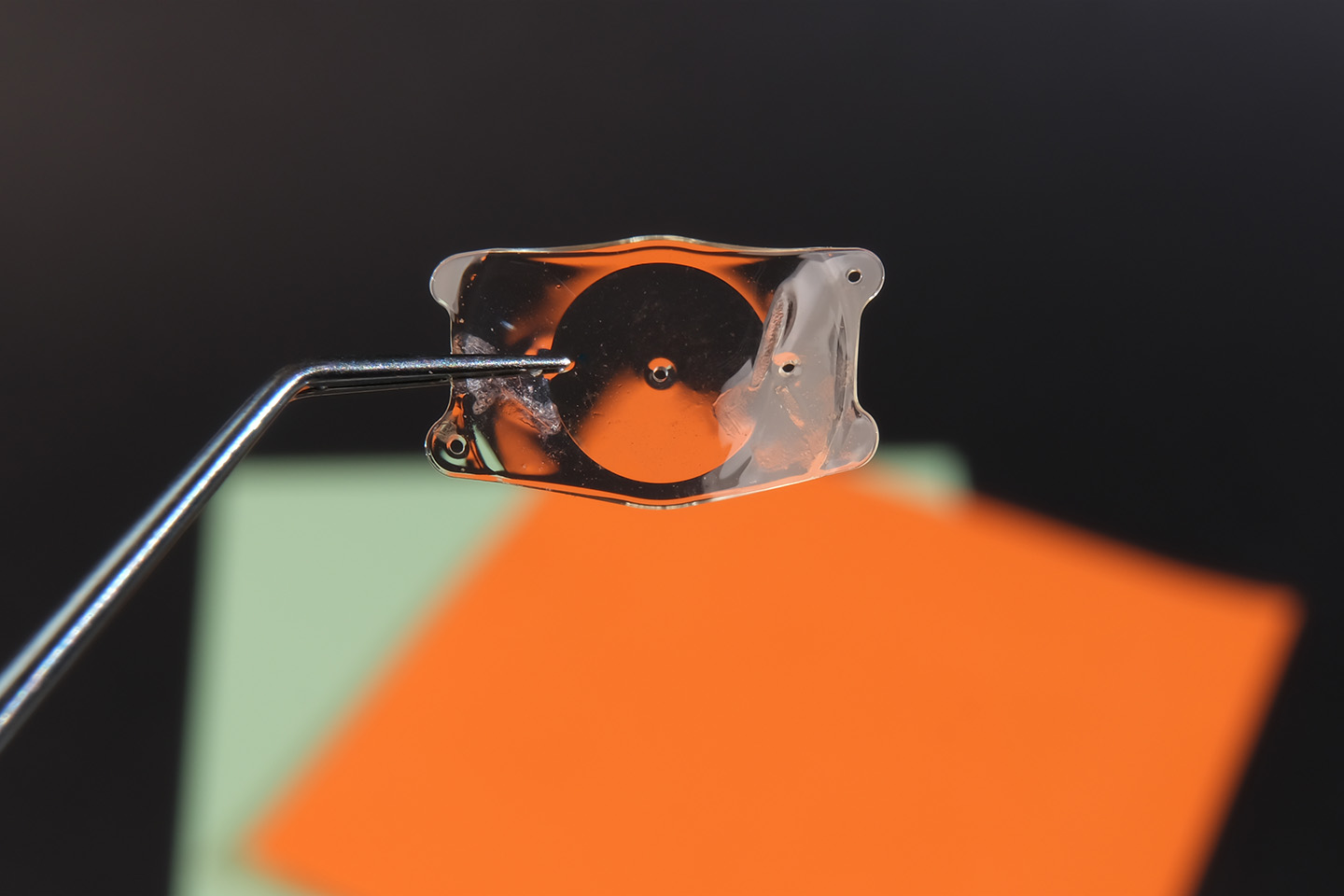The History of LASIK: From Invention to Modern-day Advancements

LASIK (laser-assisted in situ keratomileusis) has been a life-changing procedure for millions of people worldwide, correcting refractive errors and enhancing vision without the need for glasses or contact lenses. In modern LASIK procedures, an eye surgeon creates a small, hinged flap in the cornea using either a small blade or a laser to make precise incisions and then reshapes the cornea’s surface using a laser. The flap is then replaced and typically heals without the need for sutures. The history of LASIK eye surgery is rich in innovation and spans several decades with contributions from scientists and doctors worldwide. Read on to learn about the history of LASIK, including when LASIK was invented and the major milestones that have led to today’s advancements.
Early Pioneers of Laser Vision Correction
In 1949, a Spanish ophthalmologist named Dr. Jose Barraquer, who came from a lineage of innovative eye care professionals, developed keratomileusis — a term that translates to “sculpting of the cornea” and is the technique in which the letter “K” in “LASIK” stands for. This procedure used the first rudimentary version of a mechanical tool called a microkeratome, later refined in the 1980s by his student, Dr. Luis Ruiz, to remove, reshape, and reattach a thin layer of the cornea to correct refractive errors. His technique, which came to be known as anterior lamellar keratoplasty (ALK), used the microkeratome to cut the top layer of the cornea away to create a disc-shaped lenticule and reveal the underlying stroma, or the dense middle layer of the cornea. The tool then cut through the stroma, and the lenticule was stitched back into place.
Although it was complex and risky, and the microkeratome delivered imprecise results, keratomileusis was revolutionary and laid the groundwork for future innovations. Barraquer is often still credited as the father of modern refractive surgery.
Techniques for correcting refractive errors continued to be explored, including corneal excision and donor tissue replacement. The discovery of the excimer laser and its medical use by Dr. Stephen Trokel and Dr. Rangaswamy Srinivasan in the 1970s and 80s led to the development of photorefractive keratectomy (PRK) — the precursor to LASIK. This procedure removed the corneal tissue with a laser rather than a mechanical tool, allowing for more precise cornea reshaping. In 1988, Dr. Marguerite B. McDonald performed PRK on the first myopic patient.
The Invention and Global Adoption of LASIK
LASIK combines the techniques of ALK and PRK. On June 20, 1989, Dr. Gholam Peyman received a United States patent for LASIK. The patented technique created a corneal flap that was pulled back to expose the corneal bed, ablate the exposed surface, and replace the flap. One year later, Dr. Ioannis G. Pallikaris, a Greek ophthalmologist, performed the first LASIK eye surgery by using a version of Barraquer’s first microkeratome and combining the principles of keratomileusis and the precision of the excimer laser. The procedure quickly gained worldwide popularity because of its immediate results and reduced healing time compared to PRK.
In 1999, LASIK gained approval from the Federal Food and Drug Administration (FDA).
LASIK Innovations in the 2000s
Lasers continued to advance in the 1990s, and in the early 2000s, the FDA approved two new technologies: IntraLase femtosecond laser for laser-assisted creation of a more precise corneal flap in 2001 and wavefront-guided LASIK for custom correction in 2002. These technologies have become a gold standard for LASIK today.
LASIK’s Lasting Impact
Today, LASIK is one of the most commonly performed elective surgeries globally. It has transformed the lives of those with myopia, hyperopia, and astigmatism, offering freedom from the constraints of corrective eyewear. Continuous research and technological improvements ensure that LASIK remains a safe and effective option for laser vision correction procedures.
Your Local Leaders in LASIK Eye Surgery
The world-class eye doctors at ICON Eyecare are committed to providing quality vision correction and outcomes. We pride ourselves on our accessibility, safety, and excellent standard of eye care to help you find the best vision correction option for your unique situation, whether it’s LASIK, PRK, ICL (implantable collamer lens) or another alternative like clear lens exchange (also known as refractive lens exchange). Take our LASIK self-test to see if you could be a LASIK candidate, then request your free consultation to learn more about LASIK eye surgery from your local experts at ICON Eyecare.
[DISPLAY_ULTIMATE_SOCIAL_ICONS]








